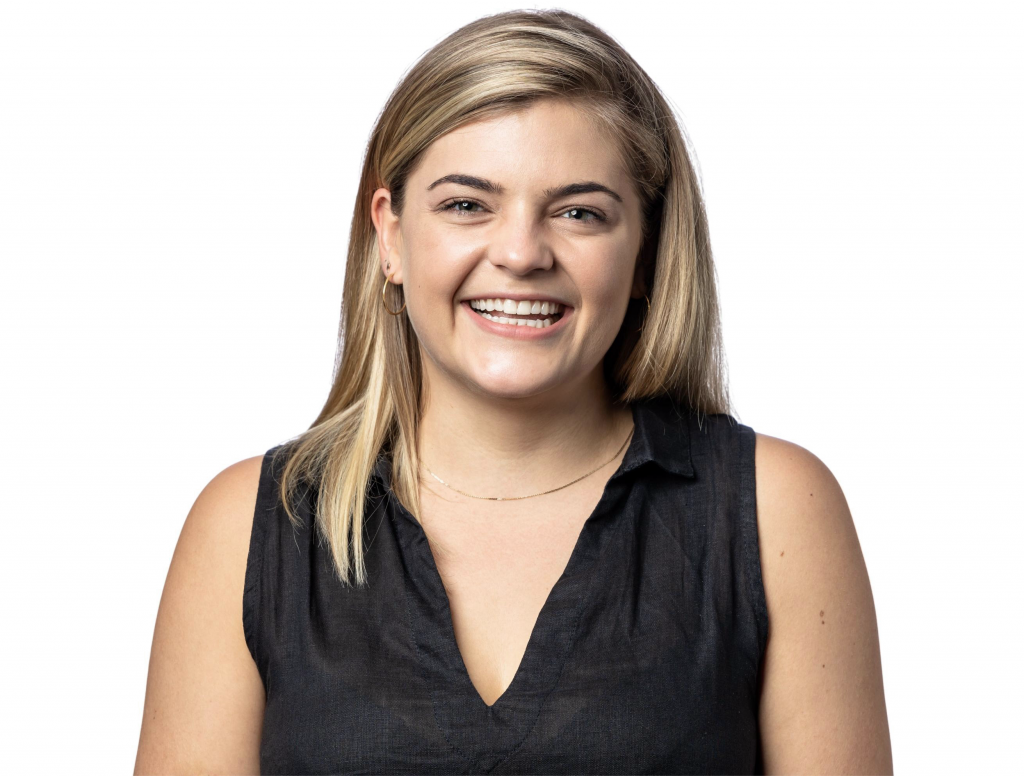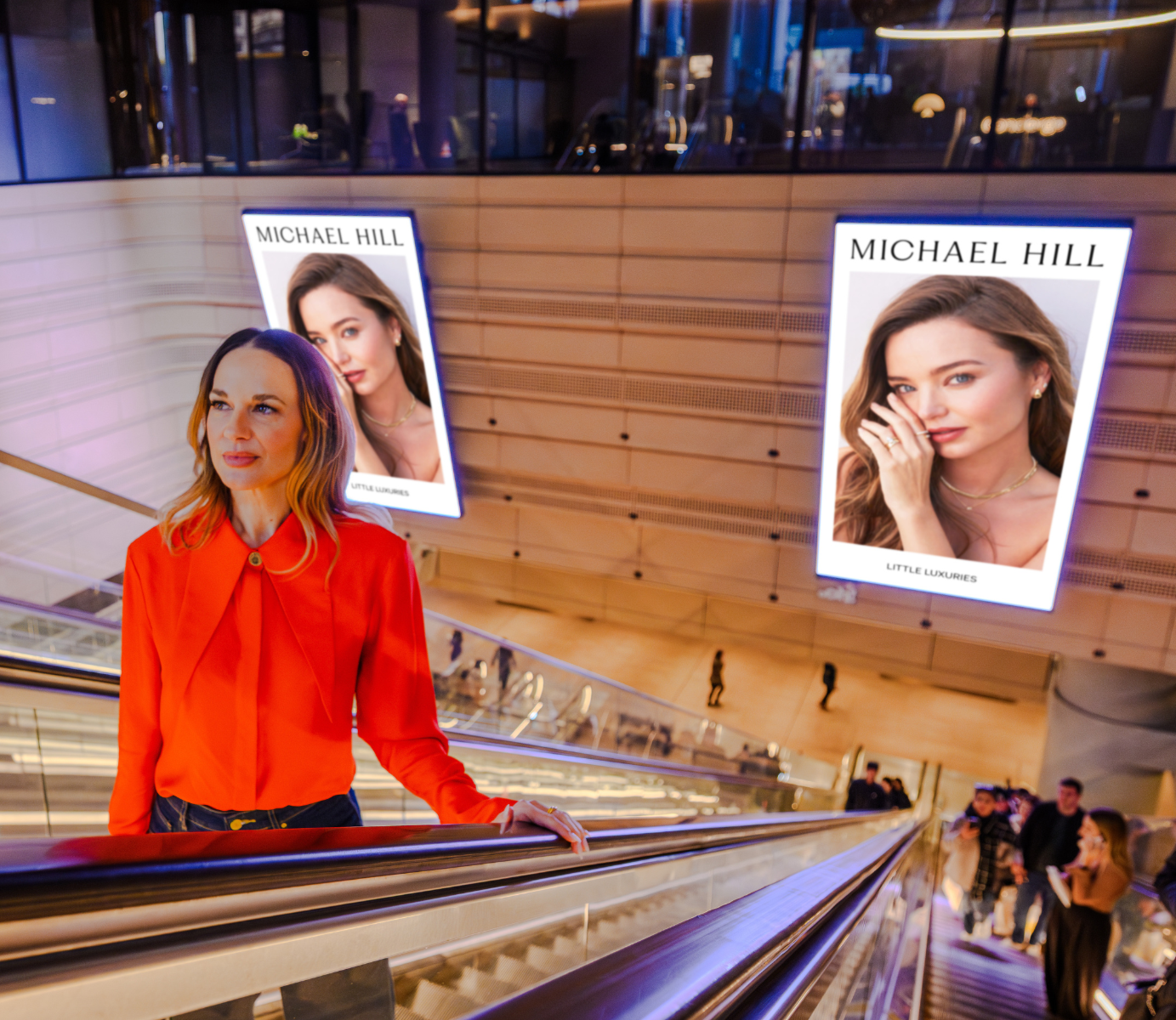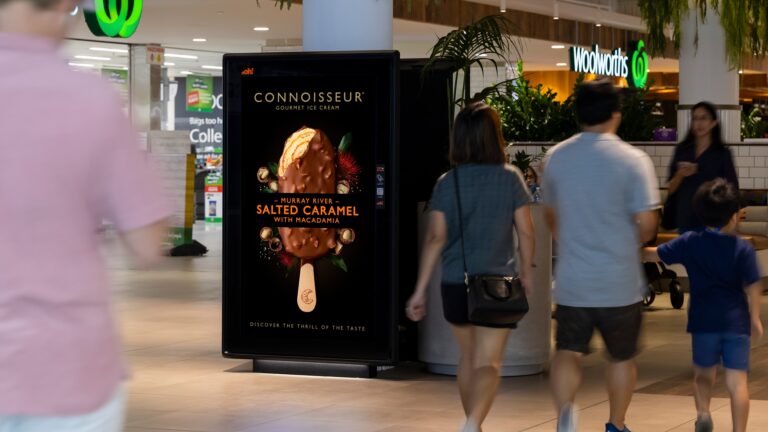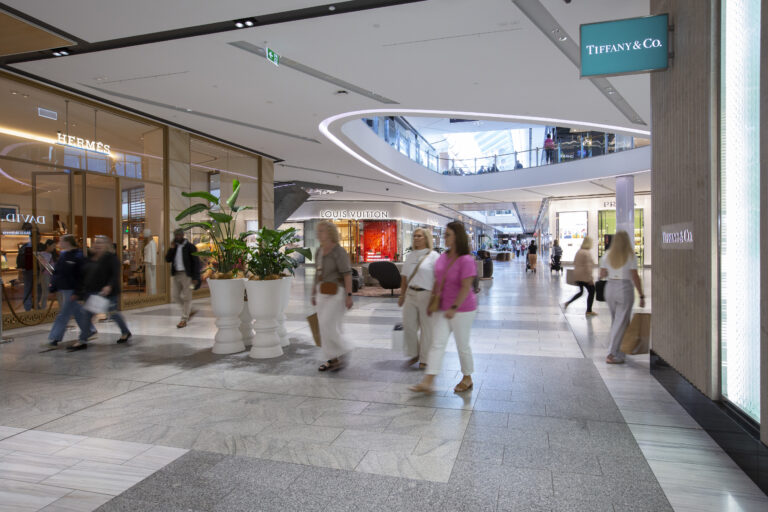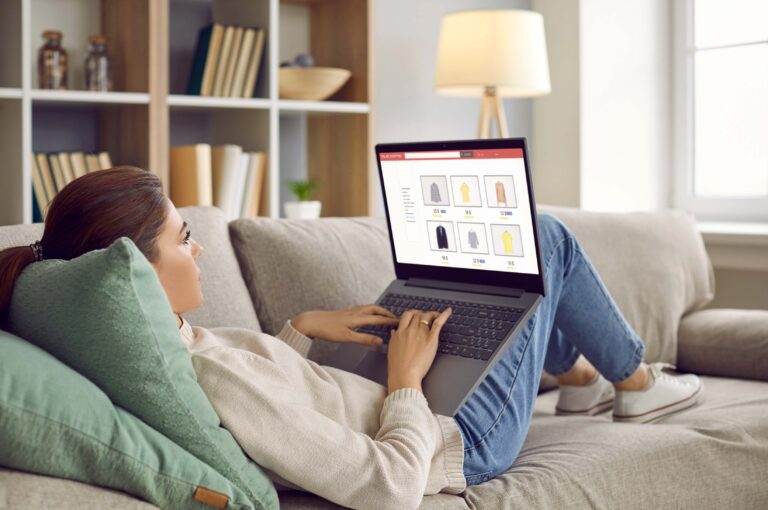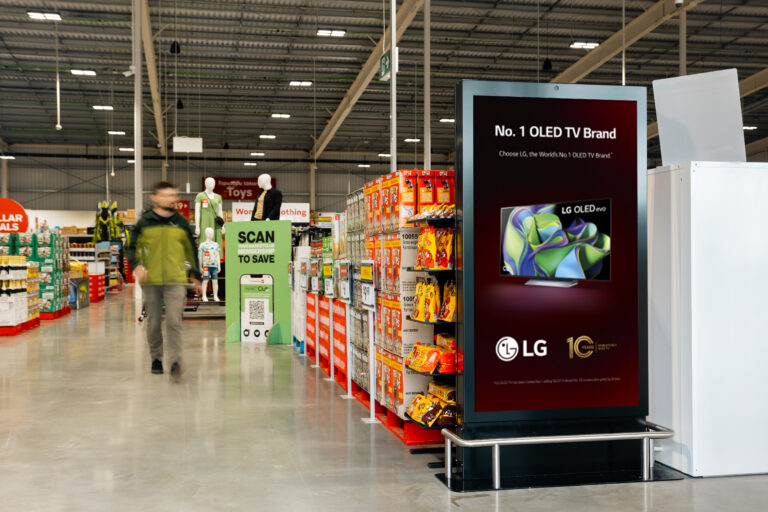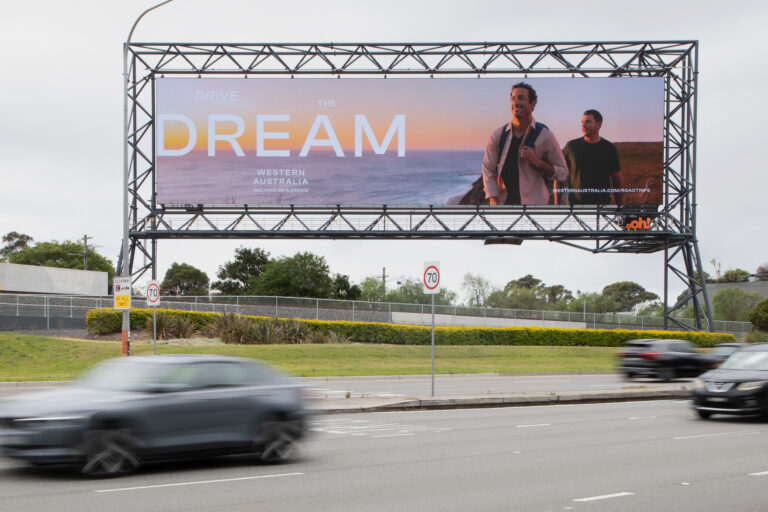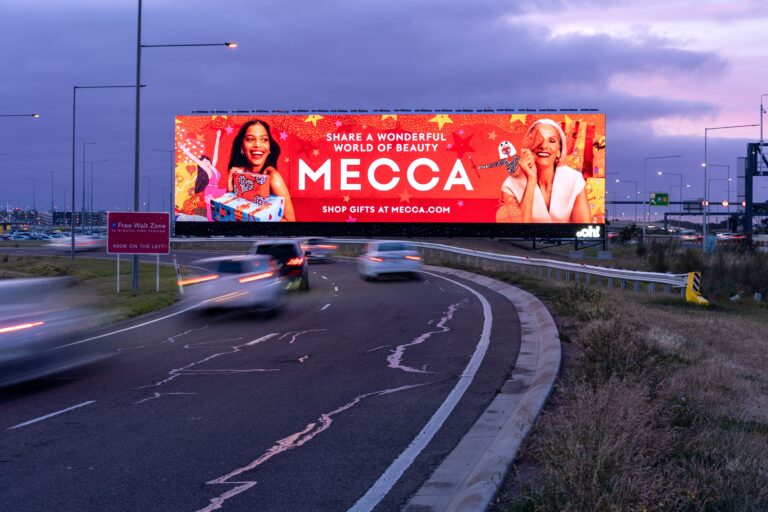By Emmalee Crellin, Head of Data Sales, oOh!media
In today’s results-driven world, how can marketers ensure their campaigns not only create buzz but also deliver measurable results? With clients demanding accountability, simply building awareness is no longer enough; every campaign must deliver clear, impactful outcomes.
Coming from a digital background where every investment is tracked with precision, my expectation of Out of Home (OOH) was that it operates differently. What I quickly realised, however, is that OOH doesn’t just drive top-of-funnel awareness—it quietly influences the entire consumer journey. When combined with data-driven insights, its ability to generate measurable ROI becomes undeniable. At oOh!, we work with our clients to measure tangible outcomes through our partnerships with Coles360 and Westpac DataX.
Driving results beyond awareness
The latest study from Analytic Partners shows that Out of Home is an increasingly driver of media effectiveness, with data revealing that targeting high-value audiences based on real-world behaviour consistently yields double the returns of relying solely on demographics.
By combining transactional data with the scale of an OOH network, we can precisely target specific category buyers. This is the evolution of data-driven strategies and technology. For example, oOh!’s solution-based campaigns leverage transactional data from partners like Coles360 and Westpac DataX, giving the insights needed to deliver impactful results, leading to a proven boost in total sales. Our internal data further supports this, with campaigns targeted to buyergraphic audiences driving a 2.3x increase in total sales volume compared to the category.
Creative effectiveness plays a huge role in driving results, with data from Analytic Partners revealing that 41% of ROI in OOH stems from creative elements. This encompasses everything from the clarity and impact of messaging to the emotional connections forged with the audience, a role played strongly by large format, while small format is more suited to tactical messaging to drive conversion. Contextual relevance and precise audience targeting are essential, alongside innovative techniques like 3D visuals in digital formats and 2D extensions in classic OOH. Consistency across all channels further amplifies the message.
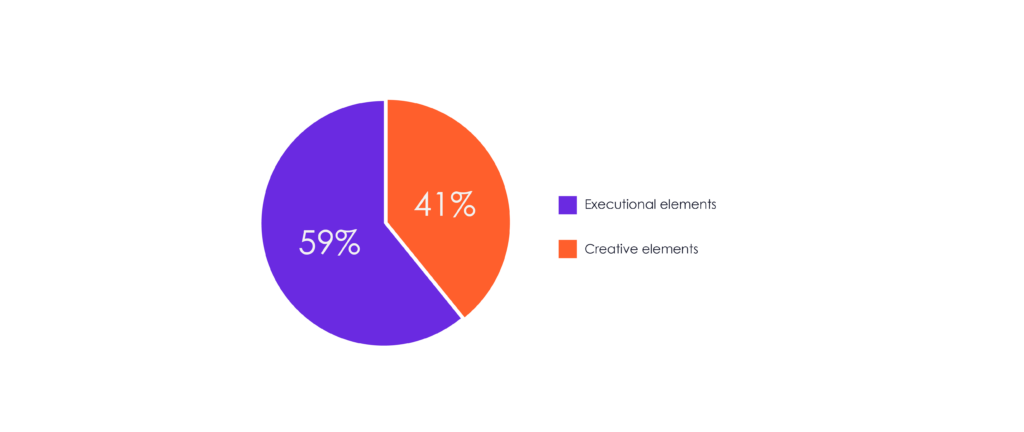
Extending reach with national and regional networks
If I could offer one key piece of advice, it’s this: audiences are everywhere, and to truly capture their attention, we must adopt a more holistic approach. With Move 2.0 launching next year, we will have the incredible advantage of measuring regional audiences, significantly enhancing our ability to gauge impact.
By leveraging national networks and reach across both metro and regional areas, brands can achieve stronger returns than if they focus solely on metro markets. Analytic Partners documented a 10% increase in effectiveness for brands that ran national campaigns, metro and regional. Many advertisers overlook regional areas, allowing brands that do invest there to gain a greater share of voice against competitors. With lower media costs compared to metro areas, the overall returns are more robust. As Move 2.0 enables us to measure regional impacts more effectively, we can expect to see this trend positively influence overall campaign results.
Maximising Impact with multi-format OOH strategies
When evaluating formats in isolation, we do our marketing plans a disservice. This same mindset applies to evaluating OOH formats in isolation. Using multiple Out of Home (OOH) formats within the same budget delivers stronger returns. Analytic Partners Research shows that investing in four OOH formats yields over 30% stronger returns compared to spending the same budget on a single channel. Brands that employed multiple oOh! formats experienced a 16% increase in customer conversion, acquiring new customers at twice the rate of their competitors.
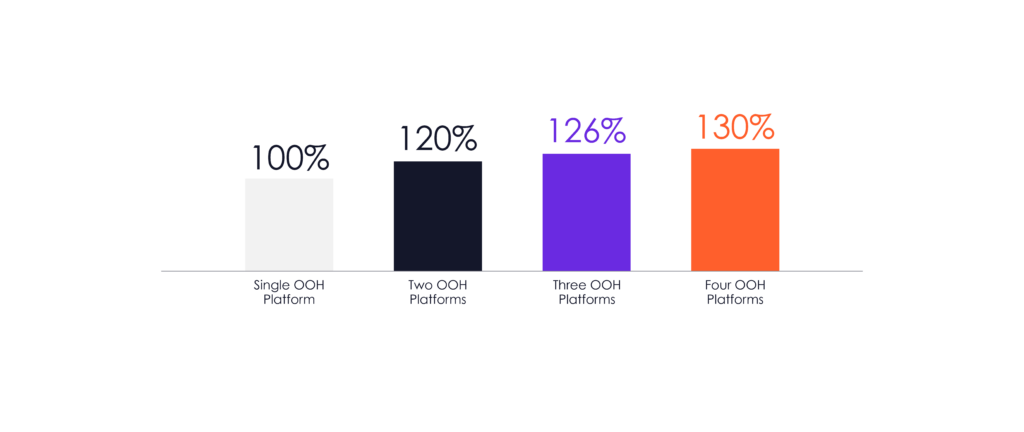
Maximising time spent in front of audiences through higher share-of-time formats significantly enhances returns, underscoring the importance of integrating classic formats into the asset mix. Our internal research reinforces the idea that blending digital and static formats drives stronger ROI. Brands that used a blend of both Classic and Digital formats saw 30.4% uplift in brand sales – 1.5x greater than Digital Only.
Advertising doesn’t thrive in silos. Planning the optimal channel blend is a challenge every marketer faces. Stronger outcomes come from a multimedia channel mix. Research from Analytic Partners shows that for the same investment in TV alone, combining TV, Digital, and OOH yields a 27% stronger ROI.
Metrics that matter to the C-Suite
Recognising that the C-suite often overlooks reach numbers highlights the need for a more nuanced conversation about Out of Home (OOH) advertising and its role in the media mix. It’s essential to measure results that matter to decision-makers. By aligning on relevant metrics, we can showcase OOH’s impact and drive success in our partnerships. Focusing on measurable outcomes ensures that every advertising dollar is effectively accounted for.
It’s time for marketers and agencies to say goodbye to the days of ‘spray and pray’ advertising, where you’d cross your fingers and hope your message resonated with your target audience. There is one channel that has stepped up as an effective medium, not just for building brand awareness and fame, but for giving every other channel a gentle nudge in the right direction: OOH. If you miss filling up at the top of the funnel, you’ll feel it when your bottom-of-the-funnel players—like digital and social—start struggling to convert.
Because, let’s be honest, what’s creativity and scale in advertising if it doesn’t deliver a solid return on investment?
